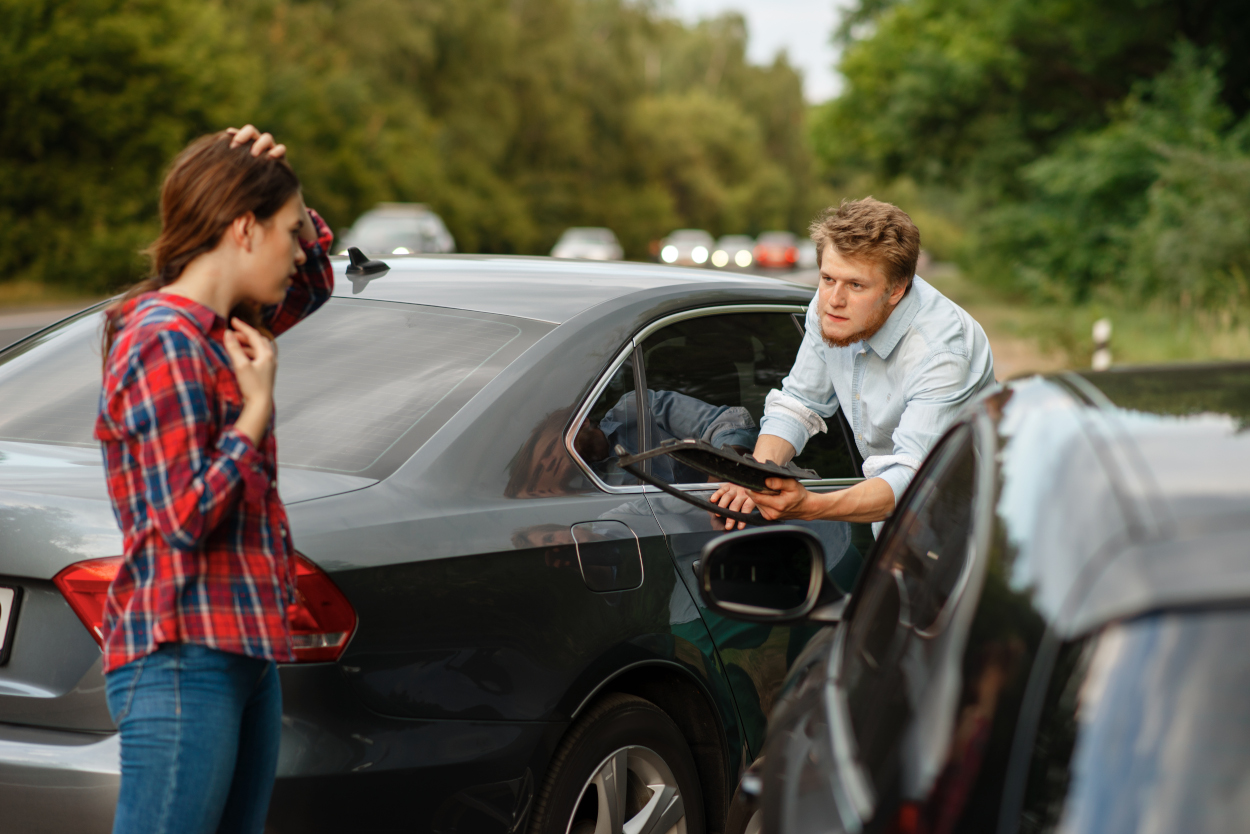
Being involved in a motor vehicle accident is a burden nobody ever wants to face; some people are even lucky enough to have never been involved in one. In each case, tort law will apply. It is important to understand the definition of tort and how it applies to your auto-injury.
A tort is any action that leads to injury or harm and amounts to a civil wrong where a court can impose liability on a certain party. In a tort denotation, there are two terms to define:
Within a tort, proving another party’s negligence or recklessness is crucial to finding the degree of liability in your case.
In the case of an auto-injury, those proven guilty of negligence may be less liable for damages than if proven to be reckless. The distinction between these follows:
Most auto-injury cases will be dealing with negligence
Understanding how negligence laws in Ohio work will help you evaluate your case.
There are 4 steps to proving negligence in any auto accident injury case:
Under Ohio law, if a party is more than 50% responsible for a car accident they cannot legally recovery any damages they have ensued because of the incident.
In the case of an auto-injury accident, the steps in retrieving compensation resemble the steps in proving negligence.
Let’s walk step by step through an example of a motor-vehicle accident.
Our client, Sky, is driving to her job as a Skyline server. She comes to a 4-way stop and makes a complete stop, looking both ways before determining it is her turn, and the road is clear. When traveling through the stop-sign, her vehicle is struck by another vehicle that failed to stop at the stop-sign. Sky has suffered a broken arm and a concussion because of the accident, now what?
Did the other driver owe Sky a duty of care? Yes, the defendant had a duty to make a complete stop at the 4-way stop.
Did the defendant breach his or her duty of care before moving through the intersection? Yes, their failure to make a complete stop at the 4-way stop proves a breach in legal duty he or she had towards Sky.
Did the other drivers negligence cause Sky’s harms? Yes, his or her failure to make a complete stop at the 4-way stop caused their car to strike Sky’s causing her harms.
Damages that her attorneys will likely look to compensate for are:
Being in a car accident is a hardship many will never have to face but understanding your accident and the components that will be valued is important knowledge to have when you talk to your attorney.

Site Disclaimer - This site/article and any information contained herein are intended for informational purposes only and should not be construed as legal advice. Seek competent legal counsel for advice on any legal matter.
©2025 Mckenzie & Snyder LLP - All Rights Reserved | Privacy Policy